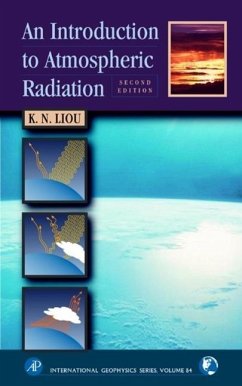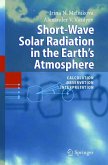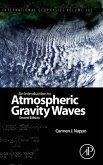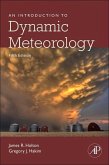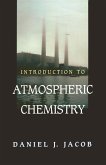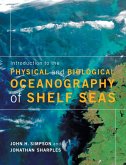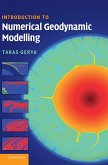This Second Edition of An Introduction to Atmospheric Radiation has been extensively revised to address the fundamental study and quantitative measurement of the interactions of solar and terrestrial radiation with molecules, aerosols, and cloud particles in planetary atmospheres. It contains 70% new material, much of it stemming from the investigation of the atmospheric greenhouse effects of external radiative perturbations in climate systems, and the development of methodologies for inferring atmospheric and surface parameters by means of remote sensing. Liou's comprehensive treatment of the fundamentals of atmospheric radiation was developed for students, academics, and researchers in atmospheric sciences, remote sensing, and climate modeling.
Hinweis: Dieser Artikel kann nur an eine deutsche Lieferadresse ausgeliefert werden.
Hinweis: Dieser Artikel kann nur an eine deutsche Lieferadresse ausgeliefert werden.
"Liou's book is broad and rigorous. It covers the topics well from fundamental principles to applications. A student who has mastered the book will be well prepared to start research in atmospheric radiation. A research worker who needs a quick review of the basic physics behind the state-of-the-art radiative codes used in climate models and remote sensing will find this an invaluable resource." --Yuk L. Yung, Quarterly Journal of the Royal Meteorological Society
"The many differences between [the first and second] editions illustrate areas of major progress in the field, as is evidenced in thermal infrared radiative transfer and even in the creations of completely new fields like three-dimensional radiative transfer or light scattering by nonspherical particles. Obviously, the major changes happened not in the theory...but in data quality and completely new measurements (mostly due to new satellite data) with higher accuracy and more reliability. The new edition illustrates this progress well." --Alexander Marshak, NASA Goddard Space Flight Center, Bulletin of the American Meteorological Society
"The First Edition of this book has become a standard (advanced) text for graduate students and researchers working in the area of atmospheric radiative transfer ...Professor Liou has a leading international standing in studies of the interaction of solar radiation with the Earth's atmosphere and his book reflects his expertise in that area." --Joanna Haigh, Space and Atmospheric Physics, The Blackett Laboratory, Imperial College, London, UK
"The many differences between [the first and second] editions illustrate areas of major progress in the field, as is evidenced in thermal infrared radiative transfer and even in the creations of completely new fields like three-dimensional radiative transfer or light scattering by nonspherical particles. Obviously, the major changes happened not in the theory...but in data quality and completely new measurements (mostly due to new satellite data) with higher accuracy and more reliability. The new edition illustrates this progress well." --Alexander Marshak, NASA Goddard Space Flight Center, Bulletin of the American Meteorological Society
"The First Edition of this book has become a standard (advanced) text for graduate students and researchers working in the area of atmospheric radiative transfer ...Professor Liou has a leading international standing in studies of the interaction of solar radiation with the Earth's atmosphere and his book reflects his expertise in that area." --Joanna Haigh, Space and Atmospheric Physics, The Blackett Laboratory, Imperial College, London, UK

